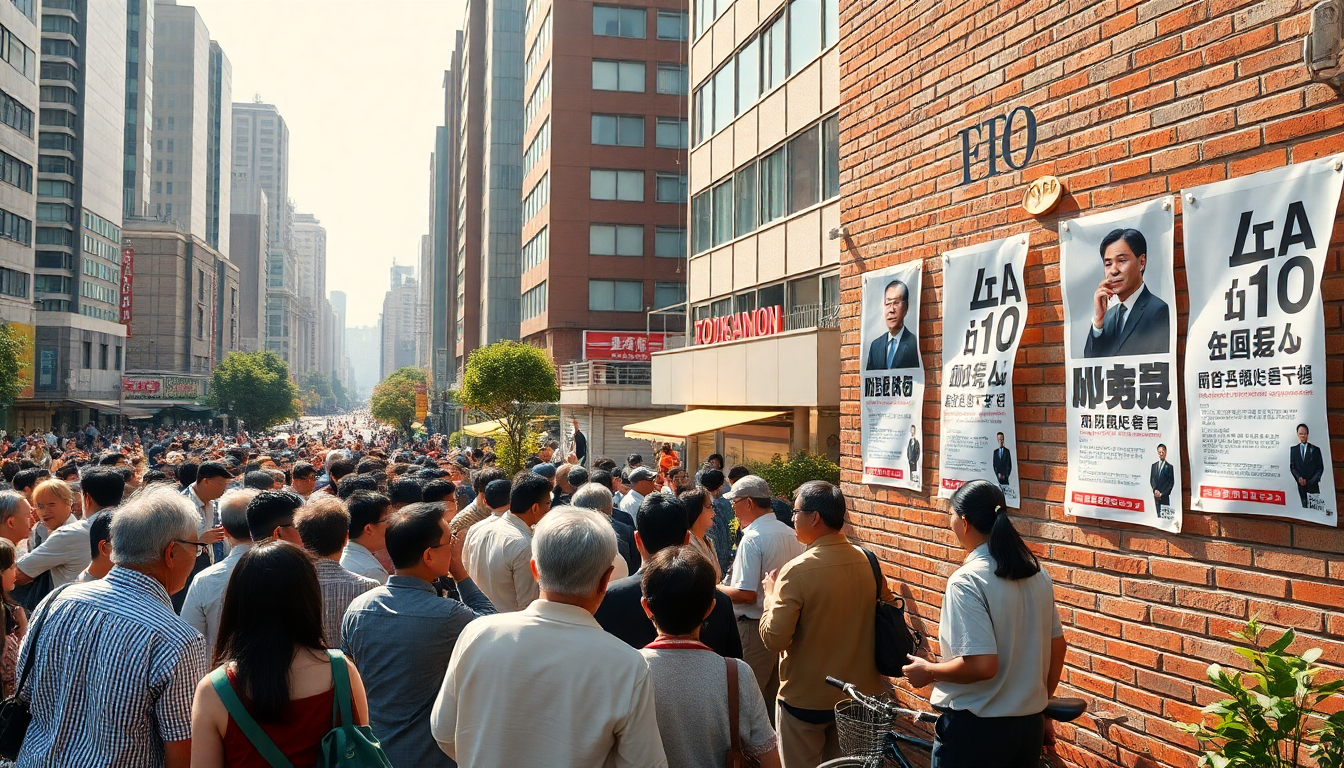Table of Contents
As Japan gears up for some pivotal elections, the political scene is looking a bit shaky for the ruling coalition. Recent surveys reveal a noticeable shift in public sentiment, putting the ruling Liberal Democratic Party (LDP) and its partner, Komeito, in a tight spot.
With the possibility of losing their majority, the implications for governance and stability are quite significant. What does this mean for the average voter?
The Current Political Landscape: What’s Happening?
Polling by the conservative Yomiuri newspaper shows that opposition parties are gaining serious traction against the LDP and Komeito, which now face the unsettling reality of previously secure seats being up for grabs.
This shift in public opinion reflects a growing dissatisfaction with the current administration, and it might just lead to a major shake-up in Japan’s political landscape. Have you noticed how quickly public sentiment can change?
Adding fuel to the fire, the Asahi newspaper, known for its left-leaning perspectives, backed up these findings with a public opinion poll.
They project that out of the 125 contested seats in the 248-seat chamber, the LDP could potentially snag only 34, while Komeito might secure about nine. With 75 seats not up for re-election, this would leave the coalition with just 118 seats—far below the 125 needed for a functional majority.
How will they navigate this hurdle?
This scenario poses a serious challenge for the LDP, especially since the party lost its majority in the House of Representatives just a year ago, resulting in a fragile minority government led by Ishiba.
Political analysts, like Michael Cucek from Temple University, suggest that when political parties start to decline, it often mirrors economic instability. Could we be looking at more turbulence on the horizon?
What Does This Mean for Governance and Stability?
The potential fallout from these electoral predictions goes beyond just numbers.
A coalition that can’t secure a majority will likely struggle to pass legislation, leading to governance gridlock. The LDP’s historical grip on Japanese politics is under serious threat, prompting a re-evaluation of their policies and priorities as they scramble to retain power. How might this instability impact Japan’s international relations and economic strategies?
The current political climate underscores a broader disenchantment among voters, likely fueled by economic challenges and dissatisfaction with how pressing issues are being handled. As opposition parties gain momentum, their platforms may resonate more with the electorate, putting the LDP’s long-standing power into question.
Looking Ahead: What Could Happen?
As election day draws closer, the stakes are rising for the ruling coalition. Analysts predict that if the LDP fails to secure a majority, Ishiba might need to step aside, paving the way for a more conservative leader who can rally support and restore confidence among party members and the electorate. What kind of leader could that be?
This potential shift in leadership could fundamentally reshape the party’s approach to governance, perhaps leaning back into traditional conservative values that might appeal to a wider base. However, the success of this strategy is uncertain, especially as public trust continues to erode following previous political missteps. Can the LDP bounce back from this?
In conclusion, Japan’s political landscape is at a critical juncture. With opposition parties gaining ground and the ruling coalition facing potential setbacks, the implications for governance and stability are profound. The coming months will be crucial in determining the future direction of Japanese politics, as the voices of the electorate play an increasingly vital role in shaping the nation’s governance. What do you think will happen next?





